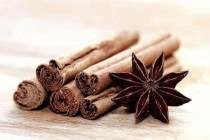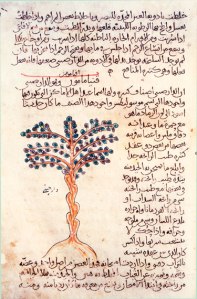by Kristen Rezabek, MS, RD, CD; MG Class of 2013

Cinnamon is an ancient spice that at one time was worth more in weight than gold. Early records date its use to 2800 BC. Many cultures highly value cinnamon not only for its aromatic and culinary properties, but also for medicinal purposes. In recent times we have discovered some unique health characteristics to cinnamon that may help control high blood sugar in diabetes.
The name cinnamon is derived from the Hebrew and Arabic term “amomon,” which translates to “fragrant spice plant.” Cinnamon originates from Ceylon (Sri Lanka). For over a thousand years Arab traders held a monopoly on the spice trade and cinnamon was a closely guarded secret. One recorded value for cinnamon was that it was worth 15 times that of silver. The Roman Emperor Nero was said to have burned a year’s supply of cinnamon on his wife’s funeral pyre (perhaps in guilt for murdering her?). Egyptians also used cinnamon in the embalming process for making mummies. The Greeks used cinnamon to help indigestion and also as a mouth wash. Europeans were introduced to cinnamon during the crusades. Colombus even brought back something from the New World resembling cinnamon as proof he had found India (this later turned out to be allspice). Many nations including the Portugese, Dutch, French and English vied for control of this lucrative crop. However by the mid 1800’s cinnamon was no longer a monopoly and many tropical regions were discovered where it would grow, including Java, Sumatra, Borneo, South America, and the West Indies.
Continue reading
